Despite all the advances in dermatology, doctors do not recommend cosmetic procedures with lasers for women and men with dark skin. This is especially true for procedures that use Intense Pulsed Light (IPL) or Broadband Light (BBL). Why are lasers so dangerous for dark skin? How safe are modern ablative and non-ablative devices? What technology is considered completely harmless, even for the VI skin phototype? The team at Svetlana Dental & Esthetic Center Miami will answer these questions.
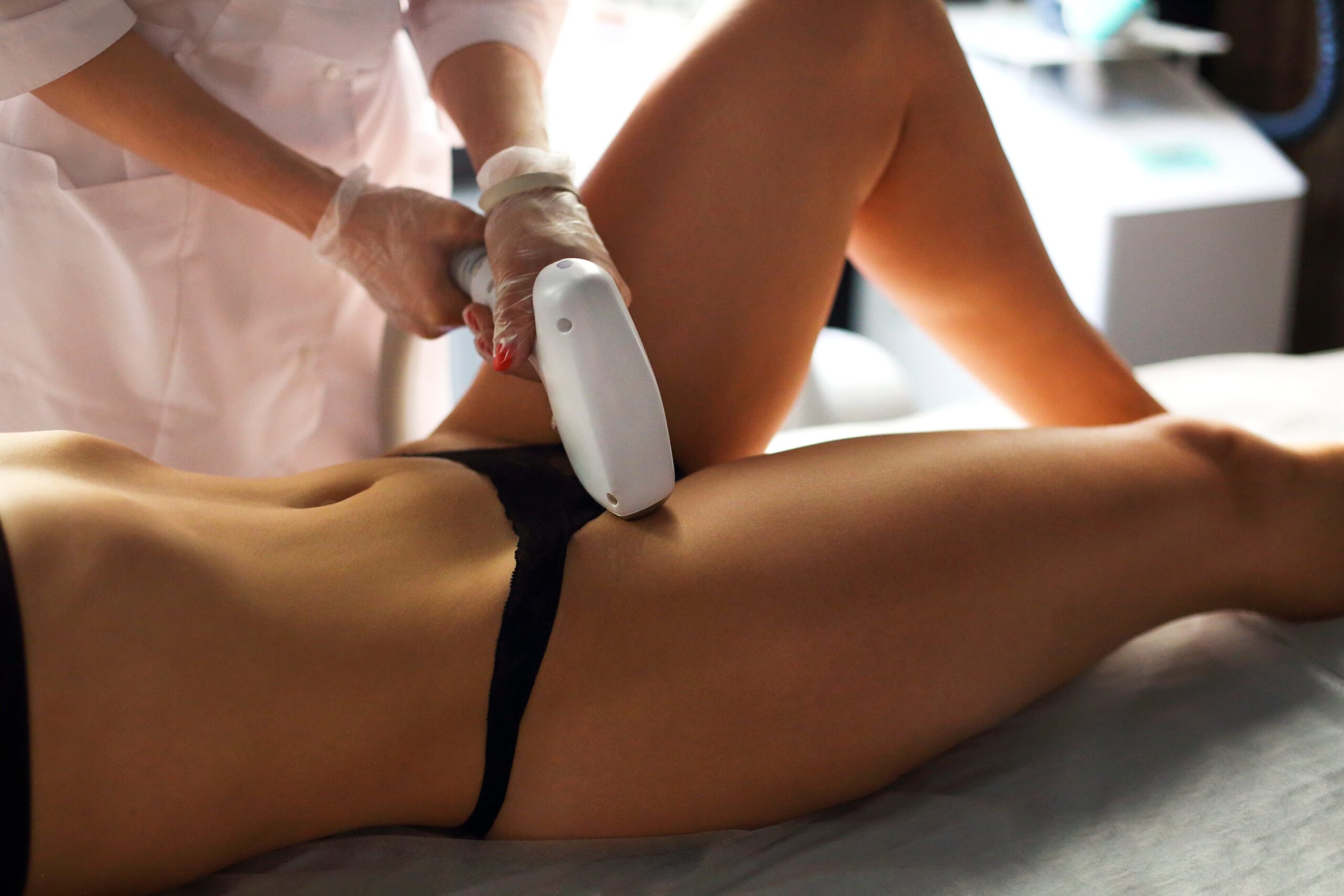
Why are lasers dangerous for dark skin?
The darker your skin color, the more melanin – a pigment responsible for skin color – it has. Skin with a high melanin content is more susceptible to pigment changes after laser resurfacing due to direct and indirect negative effects.
- For example, sometimes there is melanosome breakdown or hyper-fermentation.
- In addition, there is a higher risk of hypertrophic or keloid scars.
- When treating V and VI skin phototypes, the laser can remove too much melanin, causing uneven skin tone and hypopigmentation – a skin area becomes lighter than other areas.
That’s because people with darker skin tones absorb 40% more laser energy.
Did you know?
In dermatology, the Fitzpatrick scale is used to determine a person’s skin color: from Type I – with ivory skin tone – to Type VI – with a dark brown or black skin tone that rarely gets sunburned. According to doctors, people with Type V or Type VI skin should be as careful as possible when it comes to laser treatment.
Are modern lasers suitable for V and VI skin phototypes?
Modern facial lasers can be divided into ablative and non-ablative, depending on their effect on different skin layers.
- Ablative lasers have long wavelengths – from 2940 to 10600 nm – and cause devastating destruction of all skin layers, even the deepest ones.
- Non-ablative lasers have shorter wavelengths – from 1320 to 1927 nm, – so they have less impact on the deep layers.
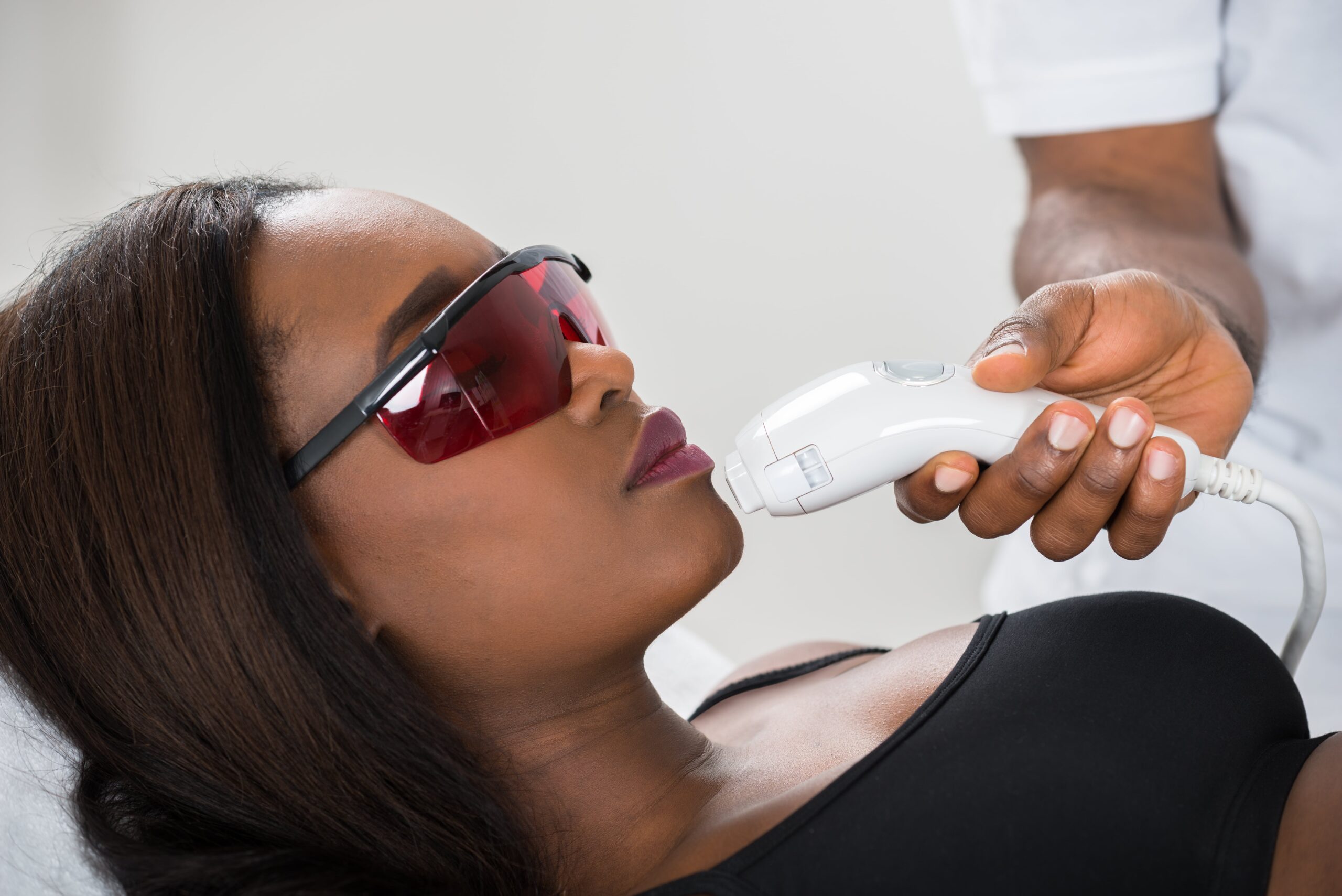
Non-ablative laser rejuvenation is one of the latest advances in procedural dermatology in the last decade. Nevertheless, some safety concerns associated with the use of non-ablative lasers for darker skin types remain. The vast majority of studies in this field prove that procedures are safe only up to IV skin phototype.
Did you know?
According to the Journal of Clinical and Aesthetic Dermatology, fractionated non-ablative lasers represent a more advanced standard of safety than traditional devices. However, they still have side effects. For example, after facial cleansing, most patients showed erythema, hyperpigmentation, and edema.
A total of 961 procedures were performed in 422 patients with I–IV skin phototypes. The most frequent complications were acne (1.87%), herpes simplex virus outbreaks (1.77%), and epidermal erosions (1.35%). Other less frequent side effects were prolonged erythema (0.83%), hyperglycemic hypertension (0.73%), prolonged edema (0.62%), and dermatitis (0.21%). Individual cases of impetigo and purpura have also been reported. It is worth noting that for V and VI phototypes, to date, there is virtually no clinical data. Therefore, lasers are contraindicated for these types.
Is there a safe technique for resurfacing dark skin?
Yes, there is.
The team at Svetlana Dental & Esthetic Center Miami uses an advanced and gentle Opus Plasma device to clean and repair damaged dark skin.
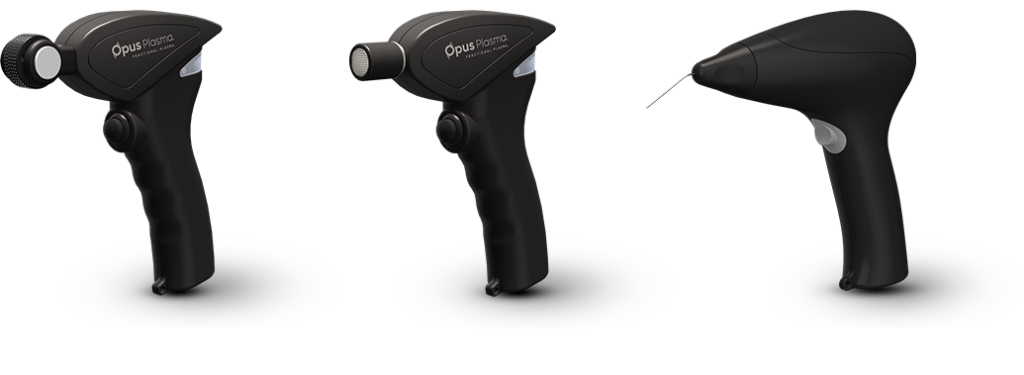
Opus Plasma is an innovative, absolutely safe method for treating all skin phototypes with radiofrequency waves and fractional plasma energy. All layers (even the deepest ones) are affected harmlessly during the procedure. First, radiofrequency waves heat the dermis, and then plasma energy stimulates the production of collagen, elastin, and hyaluronic acid. Thanks to this, a stunning aesthetic result is achieved without harming your health.
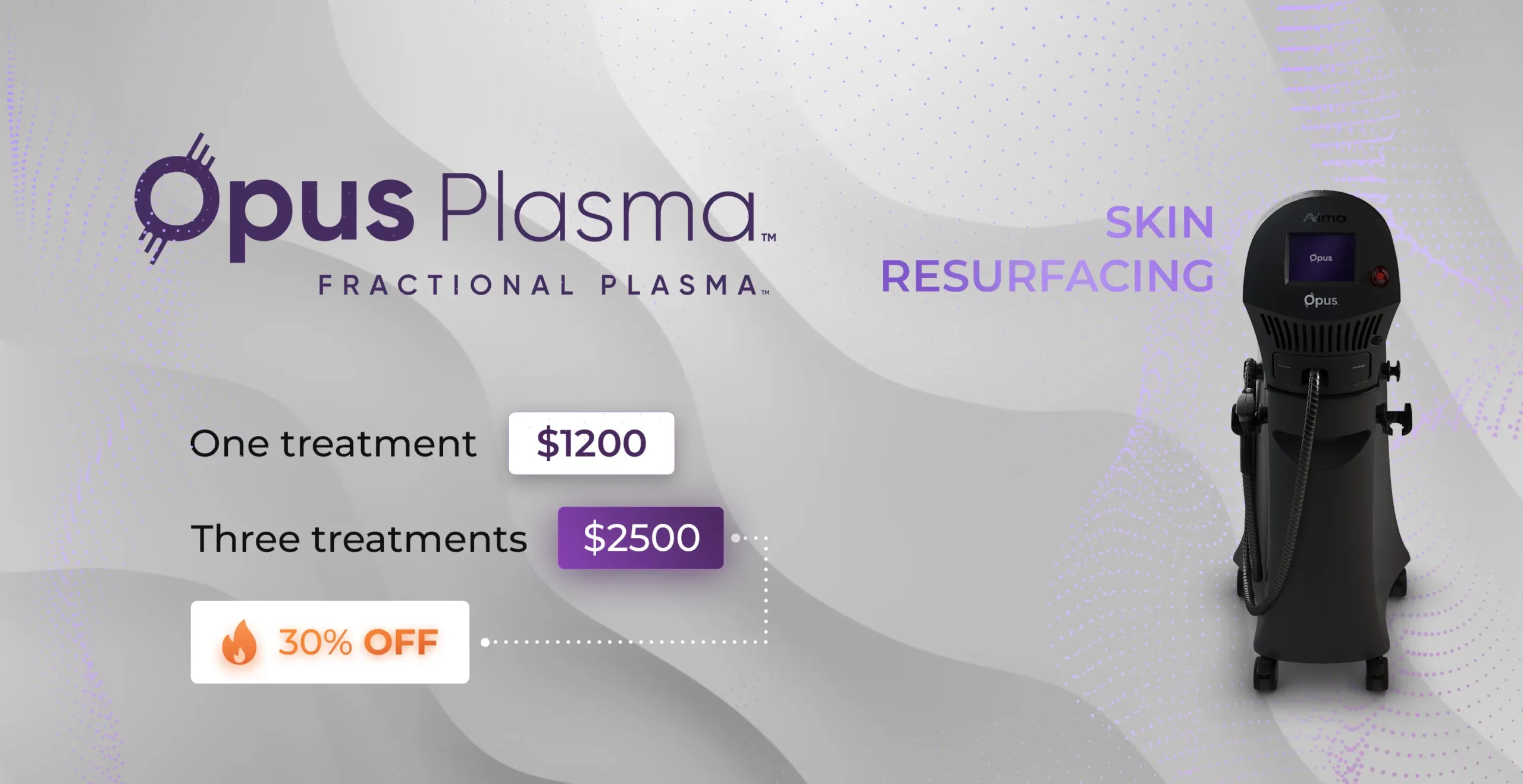
The procedure is performed with a unique Alma Opus device that treats the skin with fractionated plasma. This device can treat all skin phototypes and hard-to-reach areas. It easily gets rid of fine lines, wrinkles, pigmentation, crow’s feet, and many other defects on the neck, near the eyes, and in other places where the skin is more sensitive and delicate.
How to find the right specialist for dark skin cleansing?
You should pay attention to the following:
- Your dermatologist must have a certificate
- The level of examination, diagnosis, and preparation for the procedure (whether individual characteristics are taken into account, whether additional examinations are performed, if necessary)
- The equipment used and proficiency (there must be a respective document and practical experience).
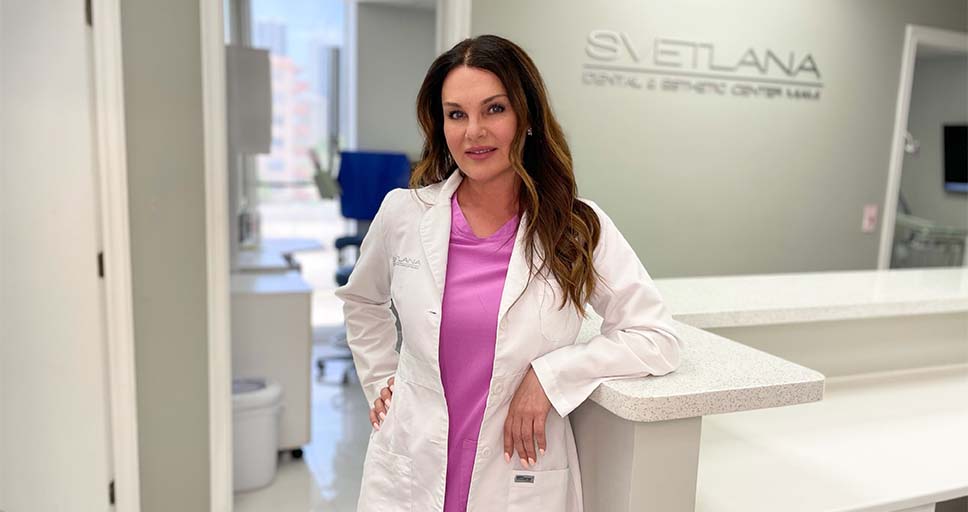
Svetlana Dental & Esthetic Center Miami:
- Has a team of first-class specialists with valid certificates and practical experience (our staff has 5 years of experience on average).
- We use advanced, gentle, and non-invasive technologies for quality and painless skin correction of the face and other areas of the body.
- We cooperate directly with ALMA and learn about all the innovations related to their equipment. We know how to effectively use the Opus Plasma device in each case.
Our mission is to transform and improve the appearance of your skin and make it more beautiful, happier, and, of course, healthier.